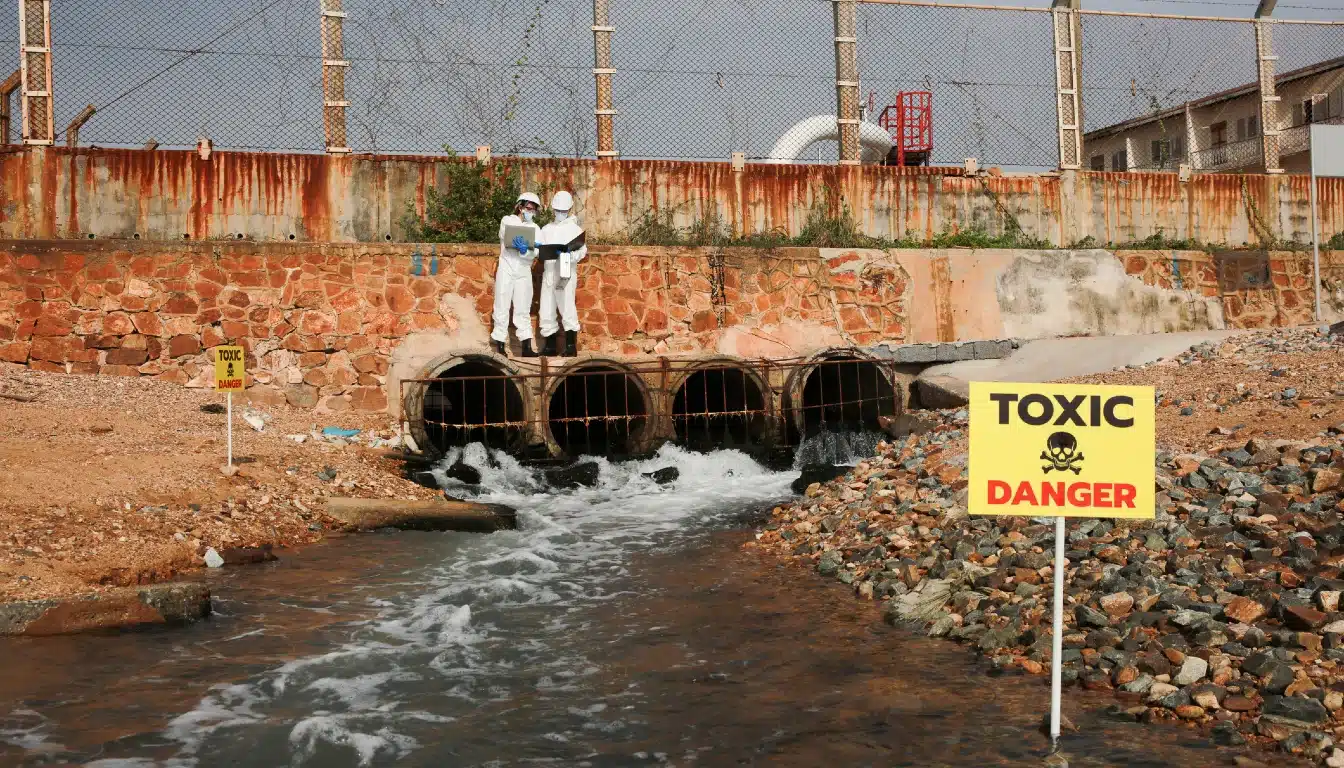Researchers at INST have created a low-cost, solar-assisted AI filtration system that removes up to 99% of hazardous dyes from industrial wastewater, offering a sustainable solution to Punjab’s severe water pollution and the contamination of the Sutlej river and Buddha Nullah.
Scientists at the Institute of Nano Science and Technology (INST) in Mohali have made a notable advancement in addressing Punjab’s water pollution crisis with the development of an AI-powered, solar-assisted filtration system capable of eliminating up to 99% of hazardous chemicals from wastewater. This technology is particularly significant given the persistent pollution of the Sutlej river caused by the daily discharge of 764 million litres of untreated industrial and domestic sewage, especially from areas like Ludhiana’s critically contaminated Buddha Nullah.
The cutting-edge system focuses on degrading highly toxic industrial dyes such as Congo Red and Methylene Blue, which are extensively used in the textile and pharmaceutical sectors. These dyes are not only responsible for water discoloration but also pose serious health risks including skin disorders and respiratory issues. The core of the innovation is a biodegradable, 3D-printed scaffold made from polylactic acid (PLA), which is coated with bismuth ferrite (BiFeO₃), a solar-activated catalyst. This design facilitates piezo-photocatalysis — a process combining solar energy and subtle vibrations to activate the catalyst, enabling efficient dye degradation even under varying weather conditions.
Lab tests of the system demonstrated a removal efficiency of 98.9% for Congo Red and 74.3% for Methylene Blue, surpassing many conventional wastewater treatment methods that are often energy-intensive and costly, such as electrochemical or ozone-based processes. The filtration unit’s low cost, eco-friendliness, reusability, and reliance on renewable energy sources position it as a sustainable alternative for industrial wastewater treatment.
Field trials conducted using wastewater samples from an industrial drainage point in Jaipur, an area that receives effluents from over 100 factories, yielded promising results. The team further enhanced the system’s performance through the integration of Artificial Neural Networks (ANN), a machine learning model that accurately predicts system behaviour across different environmental and pollutant variables, boasting prediction accuracy around 99%.
Beyond technological innovation, the team at INST is collaborating with experts from Chandigarh University to improve the system’s long-term sustainability. The Department of Science and Technology (DST) funds this project, which has been published in the high-impact journal Nano Energy. The researchers envisage the scalable application of this technology particularly benefiting rural and peri-urban areas, substantially reducing the toxic load in water bodies.
Should Punjab government authorities adopt this filtration system, the treated water could be safely discharged into the Sutlej, marking a significant stride towards rehabilitating Buddha Nullah and addressing the broader toxic water crisis in the state. This innovation thus holds the potential to transform wastewater management in regions grappling with industrial pollution, offering a cost-effective, adaptable, and environmentally sound solution.




